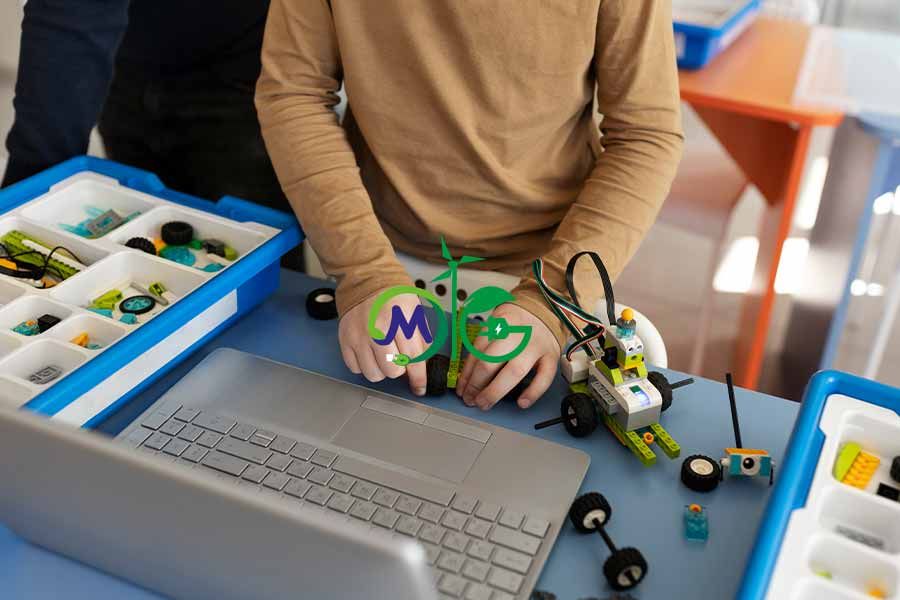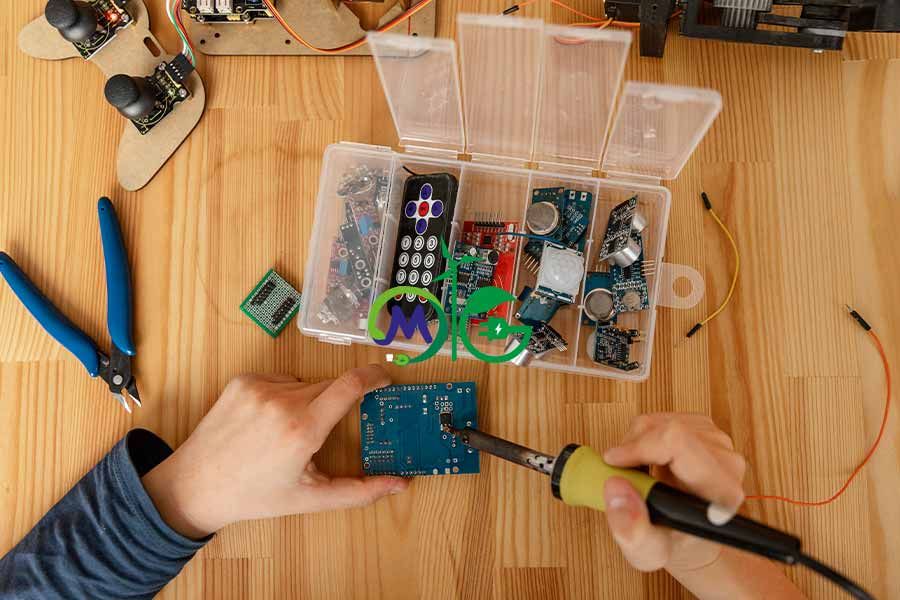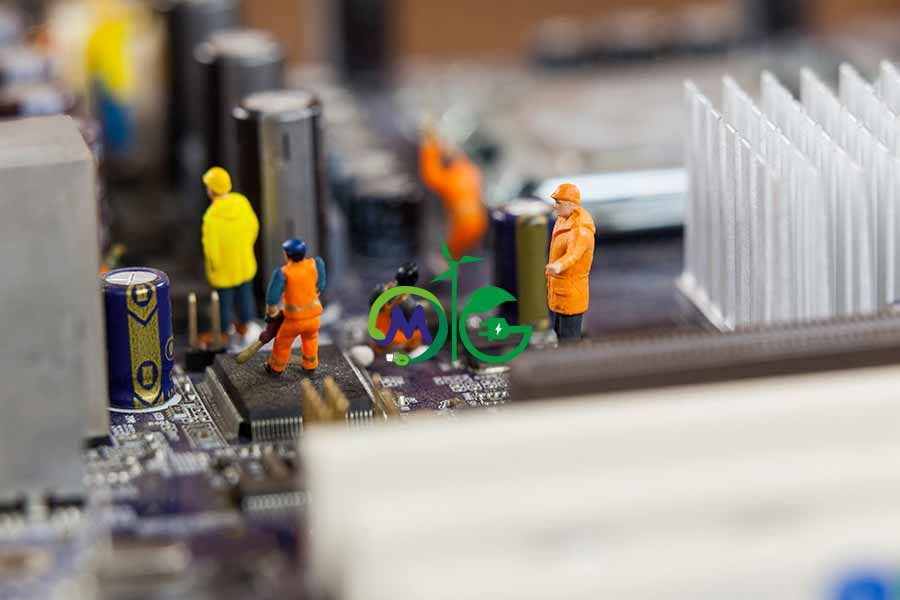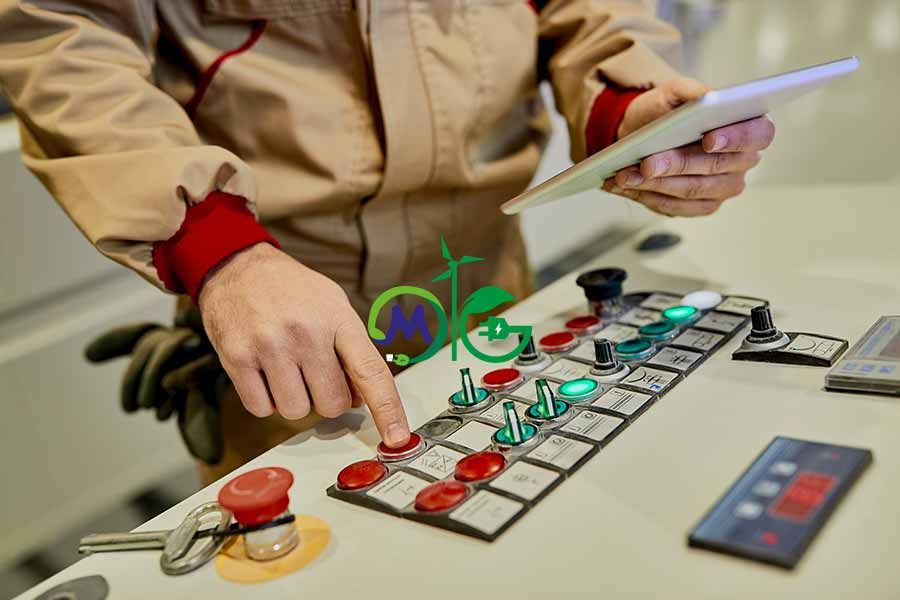Proje Hizmetleri
Project services play a vital role in ensuring that projects run smoothly by providing specialized services to meet a variety of client needs. From initial design and planning to installation and maintenance, comprehensive solutions are offered for residential, commercial and industrial sectors. Services typically begin with a detailed consultation to understand the project requirements, followed by custom electrical designs and engineering. Using cutting-edge technology such as CAD software, precise layouts are created for power distribution, lighting and automation systems. Project services ensure safety and efficiency at every stage of the project by ensuring compliance with industry standards and regulations.
In addition to design and installation, ongoing maintenance and support services are provided by professionals to optimize system performance. This includes preventive inspections, troubleshooting, and upgrades to modernize existing infrastructures. Specialized services such as energy audits, renewable energy system integration, and smart building solutions are also included in the scope of project services.

Proposal Project
A proposal project is a structured plan designed to provide solutions for electrical systems, infrastructure or improvements. It includes detailed goals, design specifications, timelines and cost estimates to meet the energy needs of specific applications. A proposal project acts as a blueprint for stakeholders and provides a clear vision of the scope of the project, including power distribution, automation systems, renewable energy integration or electrical safety improvements.
The functionality of a proposal project lies in its ability to effectively communicate technical details and practical implementation strategies. It outlines the necessary components such as wiring layouts, power supply requirements, control systems and security mechanisms. The proposal assesses potential risks, presents mitigation strategies and establishes measurable milestones for project execution. It encourages collaboration between engineers, clients and other stakeholders by ensuring that both technical and financial aspects are aligned.
Proposal projects are widely used in a variety of sectors, including residential, commercial and industrial environments. For example, residential projects may focus on designing energy-efficient lighting and power systems. In commercial buildings, it may address advanced automation, HVAC integration and electrical load management. Industrial applications typically involve large-scale power distribution, renewable energy systems, or process automation.
Preliminary Design
A preliminary design is the first stage of project planning that defines the basic concepts, scope, and goals of a proposed plan. It usually involves basic layouts, feasibility studies, cost estimates, and general specifications, and serves as a blueprint for further development. This stage focuses on exploring the overall vision of the project without delving into detailed engineering or implementation. Preliminary designs are crucial for assessing the feasibility of an idea and aligning it with stakeholders’ expectations before moving into more detailed stages.
A preliminary design has the ability to create a clear framework for decision-making and resource allocation. It provides a comprehensive overview of the project, including timelines, estimated budgets, and potential challenges, and helps stakeholders identify risks and opportunities early on. Preliminary designs serve as a communication tool, ensuring that all parties involved have a common understanding of the project’s goals and deliverables. By providing a structured yet flexible outline, the preliminary design helps refine the design and prepare for the more in-depth stages of planning and execution.
It is widely used in a variety of fields, including construction, engineering, and urban development. In the electrical sector, it has a process that follows the design of the basic layout of power distribution systems, determining energy requirements, and evaluating renewable energy integration. In construction, it helps outline building layouts and structural designs. In urban planning, pre-projects focus on infrastructure development and land use. By providing the foundation for accurate and efficient project execution, pre-projects help ensure that the final results meet both technical and functional requirements.

Implementation Project
An implementation project is a planning phase in which designed strategies, systems or processes are actively executed to achieve desired results. It is a structure that shows the implementation of detailed plans, resources and methodologies developed in previous phases such as preliminary or design projects. It is a system that focuses on transforming theoretical concepts into tangible results by coordinating activities, managing timelines and allocating resources effectively. An implementation project is essential to transform the vision into reality and ensuring that all components are aligned with the project objectives.
The goal of an implementation project is to deliver the intended results of a plan by adhering to predefined specifications, budgets and deadlines. Whether it is building systems, creating infrastructure or starting new processes, it aims to achieve operational functionality by implementing strategies. Another important goal is to monitor and manage risks and ensure that potential issues are addressed promptly to ensure project continuity. An implementation project bridges the gap between planning and actual operation by focusing on implementation and enables stakeholders to realize the full value of their investment.
The functionality of an implementation project lies in the ability to organize and coordinate various activities efficiently. Task allocation, progress monitoring, and quality assurance are essential to ensure that each element of the project is executed as planned. In the electrical sector, an implementation project may involve laying electrical cables, integrating power distribution systems, or deploying renewable energy solutions.

Survey Project
A survey project is a detailed investigation or assessment that documents the existing conditions and characteristics of a site, structure or system. This type of project involves the collection of precise measurements, photographs and technical data that form the basis for further planning, renovation or construction work. Survey projects aim to capture accurate and comprehensive information about a physical environment to ensure that subsequent design or implementation processes are consistent with the real-world context.
Survey projects are typically prepared by qualified professionals such as architects, engineers or surveyors, depending on the scope of the project. These professionals use specialized tools and techniques such as laser scanners, drones and CAD software to ensure accuracy. Architects may prepare a survey project before renovating a historic building, while electrical engineers may conduct a project to map an existing electrical system before upgrading it.
A survey project minimizes errors, provides a clear understanding of existing conditions and supports informed decision-making. By providing a detailed record of the existing condition, survey projects help identify challenges and constraints that may affect future work. They are widely used in fields such as construction, restoration, urban planning and engineering. For example, in electrical systems, a survey project can document the location of panels, circuits and conduits, allowing for efficient planning and execution of upgrades or repairs.

Renovation Project
A renovation project is the process of improving, updating, or restoring an existing structure, system, or space to enhance its functionality, aesthetics, or value. It can range from minor upgrades, such as repainting and repairs, to extensive overhauls that include structural changes and system replacements. Renovation projects are often tailored to meet specific goals, such as modernizing a space, complying with new regulations, or adapting to changing needs. They are commonly performed in residential, commercial, and industrial contexts.
The primary goal of a renovation project is to breathe new life into old or deteriorating spaces while addressing inefficiencies and safety concerns. A renovation project for a building may involve upgrading electrical wiring to meet current standards, improving energy efficiency, or redesigning interiors for better usability. Renovation projects also aim to extend the life of existing structures and systems, preserving their utility and value over time.
It offers several advantages, including cost-effectiveness over building a new building, reduced environmental impact through resource reuse, and the opportunity to preserve the original character of a space. They allow customization to meet specific functional or aesthetic requirements without the constraints of starting from scratch. In industrial and commercial environments, renovation projects can increase productivity by optimizing workflows and updating legacy systems. Overall, renovation projects offer enhanced value, improved performance, and a more sustainable approach to addressing current and future needs.

Manufacturing Project
A manufacturing project is a plan created to manage the production of a product or component from its conceptual design to its final output. It covers various aspects including material selection, manufacturing processes, workflow organization, and quality assurance to ensure that the manufacturing process is efficient and compliant with specifications. Manufacturing projects can be applied to a wide range of industries, from small-scale handmade products to large-scale industrial production.
The primary goal of a manufacturing project is to deliver high-quality products that meet customer requirements while optimizing resources such as time, labor, and materials. These projects aim to streamline manufacturing processes, minimize waste, and ensure compliance with regulatory and industry standards. They also serve to address manufacturing challenges such as increasing efficiency, integrating new technologies, or scaling operations to meet market demand.
Manufacturing projects offer a variety of benefits, including increased productivity, cost reduction, and improved product quality. They achieve faster and more reliable outputs by carefully planning the manufacturing workflow, minimizing errors and interruptions. Additionally, manufacturing projects often incorporate modern technologies such as automation, robotics, and advanced monitoring systems, increasing efficiency and precision. It enables businesses to adapt to changing market trends, maintain their competitiveness and achieve sustainable production practices by reducing waste and energy consumption.

As-Built Project
An as-built project is a project that is based on assessing and documenting the current progress, conditions, and performance of an ongoing project. It refers to evaluating successes, identifying potential risks, and understanding the current status of tasks, resources, and deliverables. The goal is to provide stakeholders with a clear understanding of where the project stands in relation to its original goals, timelines, and budgets. Monitoring and controlling projects is a key tool for ensuring that any deviations from the plan are addressed immediately.
An as-built project is usually prepared by project managers, team leaders, or dedicated monitoring and evaluation teams. It collects data from various project components, analyzes progress, and compares it to established benchmarks. The primary benefit of such projects is that they allow for timely corrective action and keep the project on track. It also promotes transparency and effective communication among all stakeholders, helping them make informed decisions based on up-to-date information.










